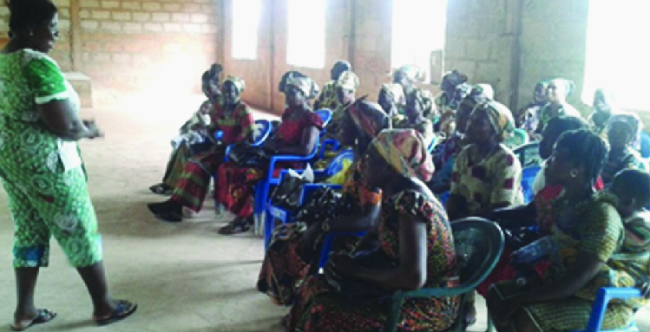
Farmers trained to boost cassava production
About 95 selected farmers engaged in cassava production and processing, mostly women, in the Western Region, have undergone training in the value chain technology of cassava.
Advertisement
This is to enable them to improve on their productivity and also to boost cassava consumption.
The participants, who were drawn from the Shama District and the Sekondi-Takoradi Metropolitan Area (STMA), were taken to the Agrico Cassava Processing Centre at Afransi in the Gomoa District in the Central Region for the training.
Last year, the regional office of Women in Agricultural Development (WIAD) of the Ministry of Food and Agriculture (MoFA), organised the programme with the objective of exposing the beneficiary trainees to modern ways of cassava production in general, especially hygienic ways of disposing of the liquid extracted from the milled cassava.
The programme also had the objective of enlightening them on the consequences of producing food under unhygienic conditions which could lead to the outbreak of diseases. They were also taught how to use cassava peels to prepare quality feed for animals.
They also learnt how to organise themselves into viable groups to access information and attract financial support from money-lending institutions.
Lessons
The Western Regional Officer of WIAD, Madam Beatrix Quarshie-Brown, who briefed the Daily Graphic about the programme in Sekondi, explained that the participants had learnt several things that would be beneficial to their respective ventures of farming and processing of farm produce.
The lessons included the weighing of raw cassava before peeling, washing of cassava thoroughly before milling and keeping milled dough in a clean chamber away from the bare ground for it to ferment.
Madam Quarshie-Brown also indicated that the participants were taken through the proper collection of liquid in a specially designed pit to process starch and not to allow it to spill as well as packaging, sealing and labelling of the end product to attract consumers.
Orange-fleshed sweet potato/investment
In a related development, Madam Quarshie-Brown disclosed that about 50 community members at Egyam in the Ahanta West District in the Western Region had also undergone training on how to use orange-fleshed sweet potato to prepare some local foods such as stew, ‘‘Mpotompoto,’’ chips and ‘‘Banfobese.’’
That programme, according to her, was to introduce potato as a good source of Vitamin A for themselves and their children.
Investment in orange-fleshed sweet potato food-based approaches to fight Vitamin A Deficiency (VAD) in children and their mothers has been established as one of the most effective ways to increase child survival.
VAD and under-nutrition broadly limit the intellectual ability of individuals, thereby affecting their socio-economic development.
It is a major public health challenge in many African countries, with an estimated 42 per cent rate of children under five.
According to Madam Quarshie-Brown, promoting orange-fleshed sweet potato was another effective way to reduce VAD in African countries, including Ghana, particularly in the rural settings.




